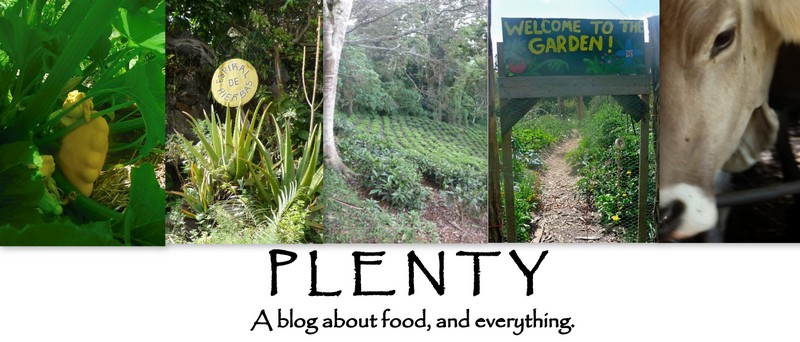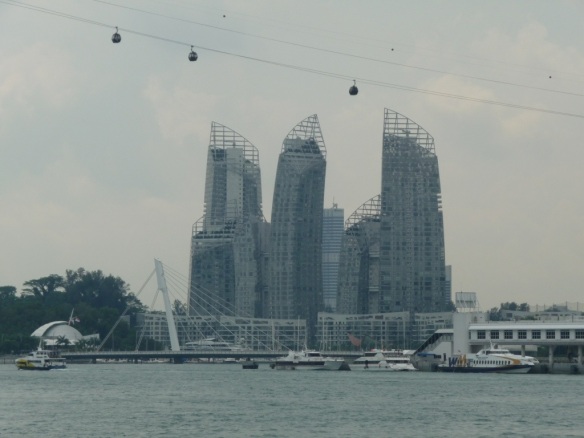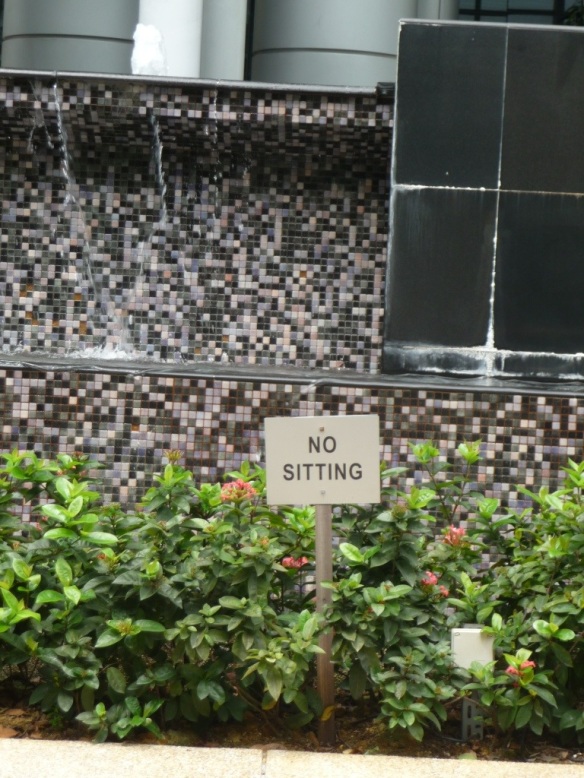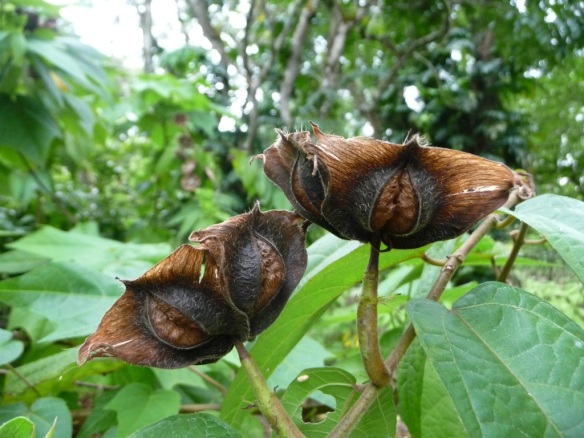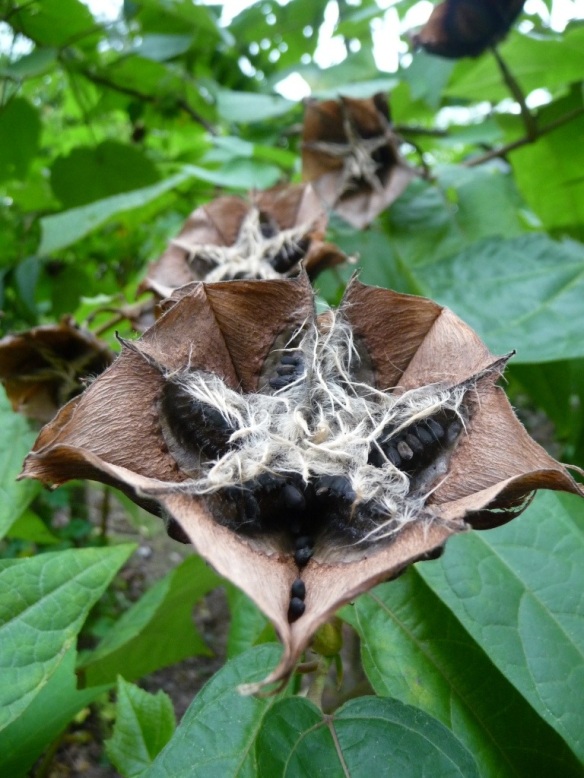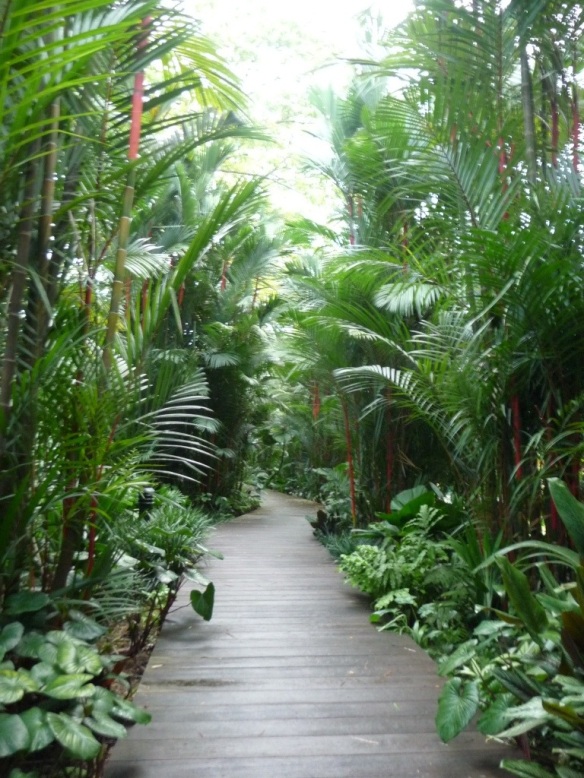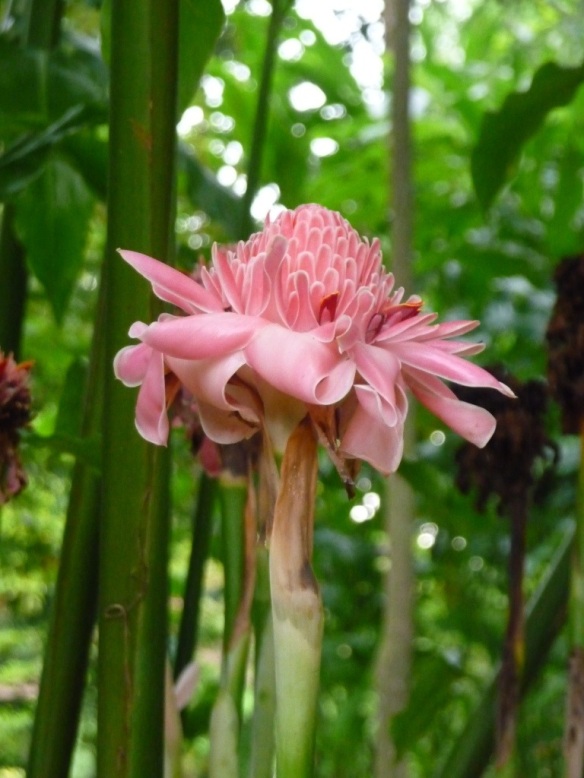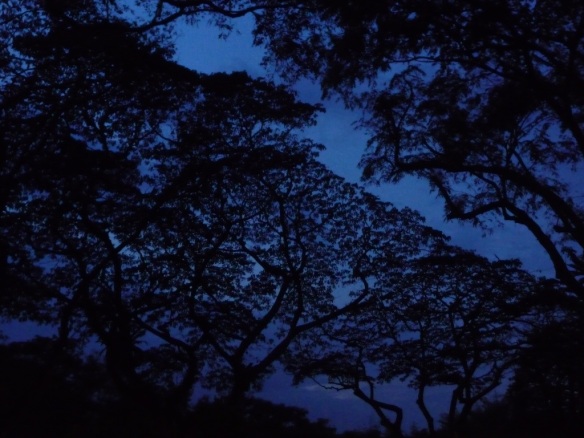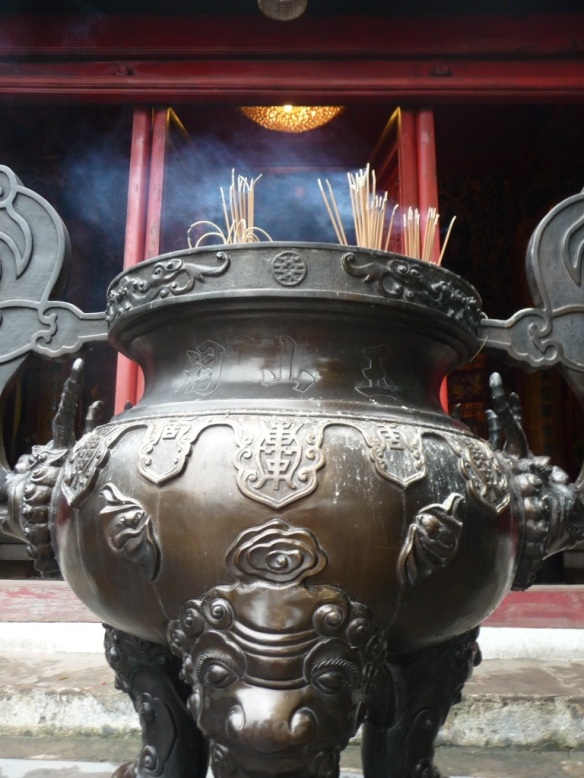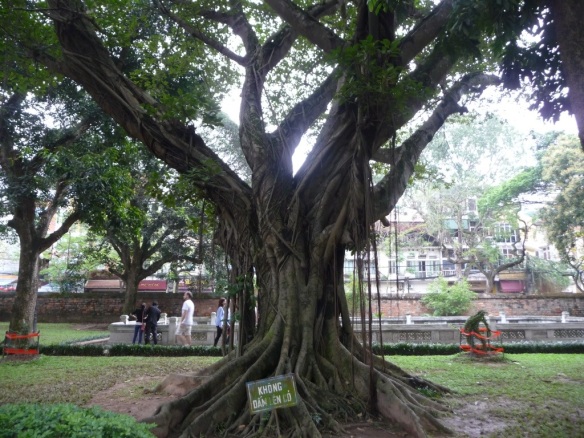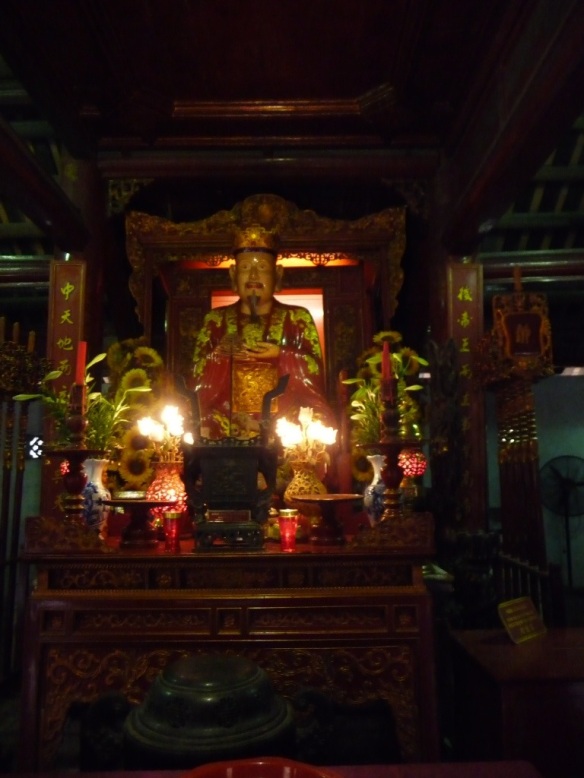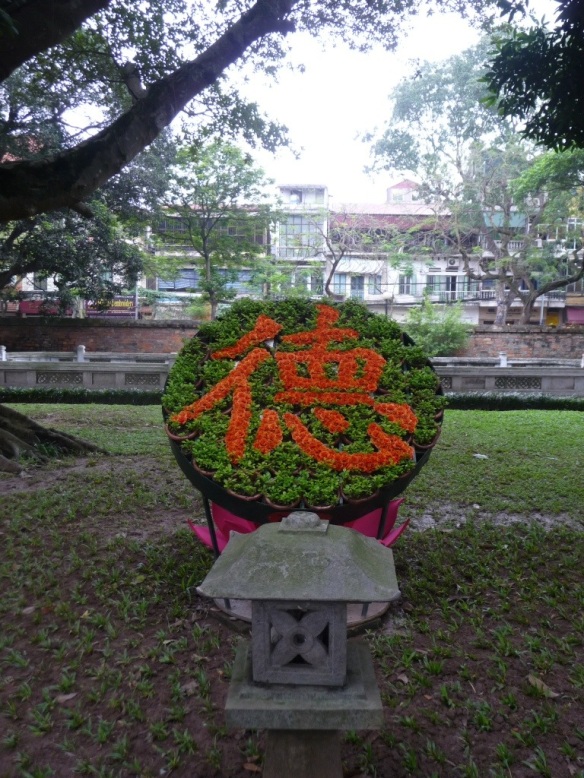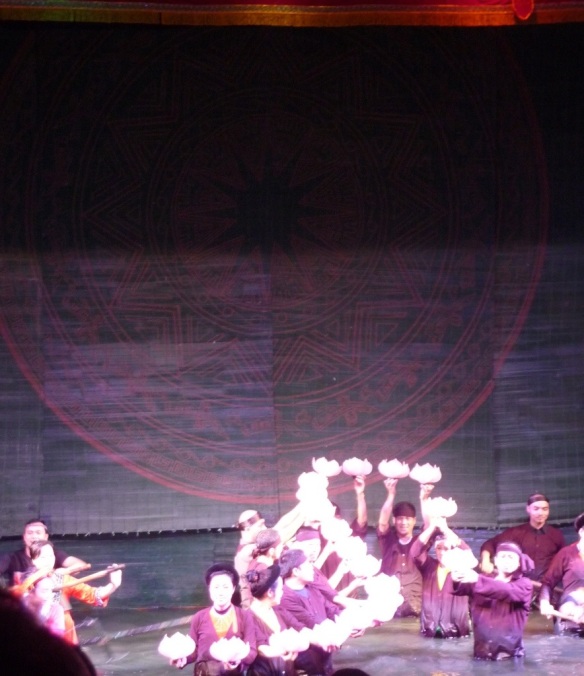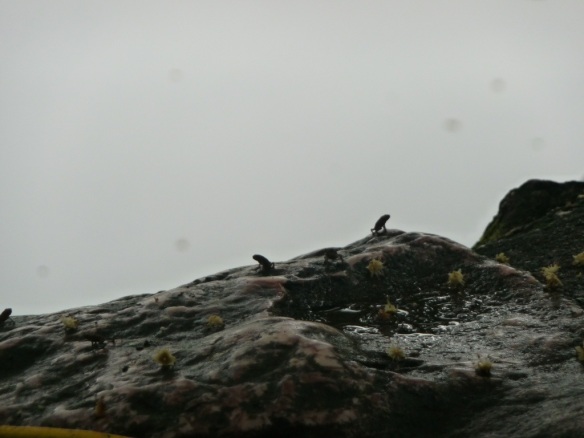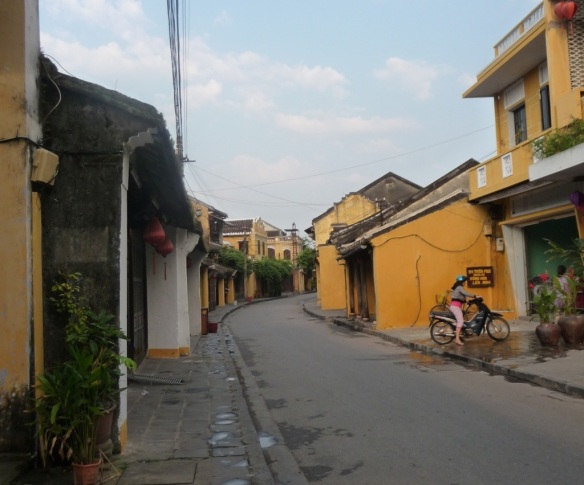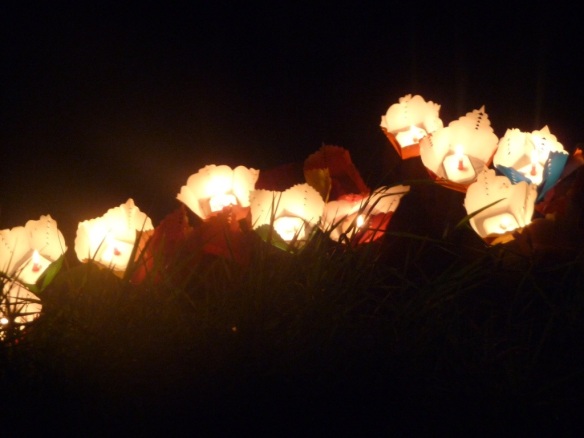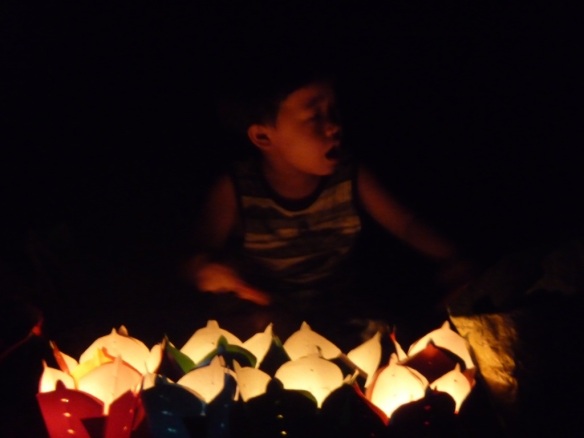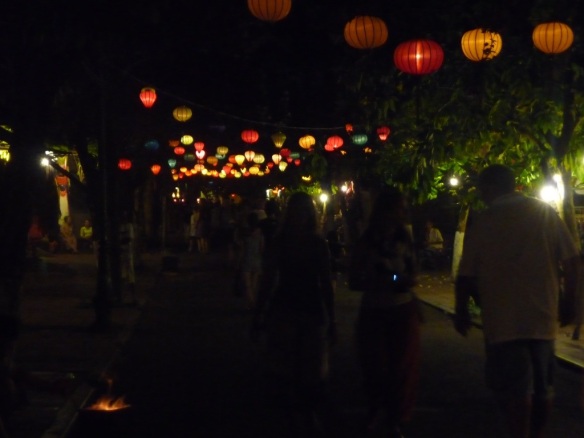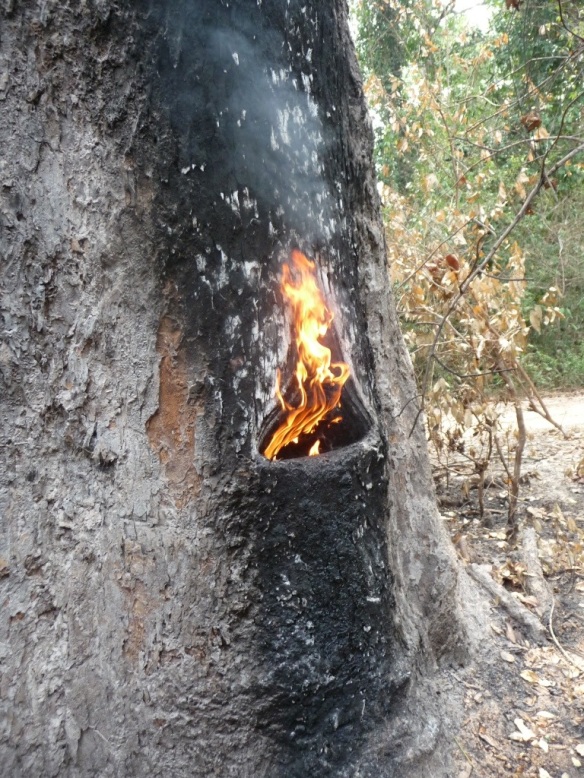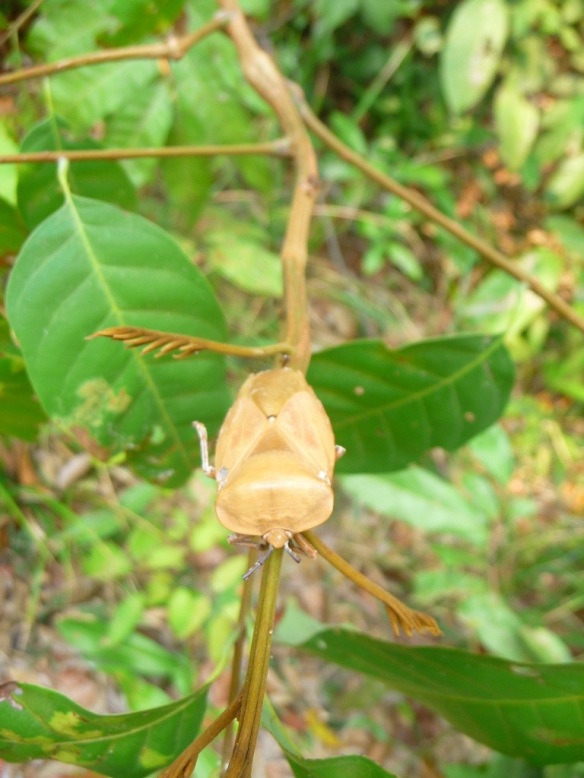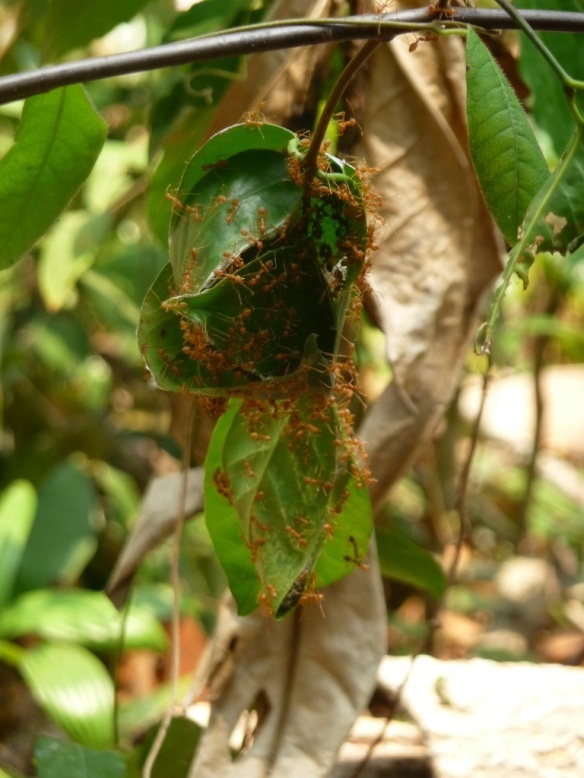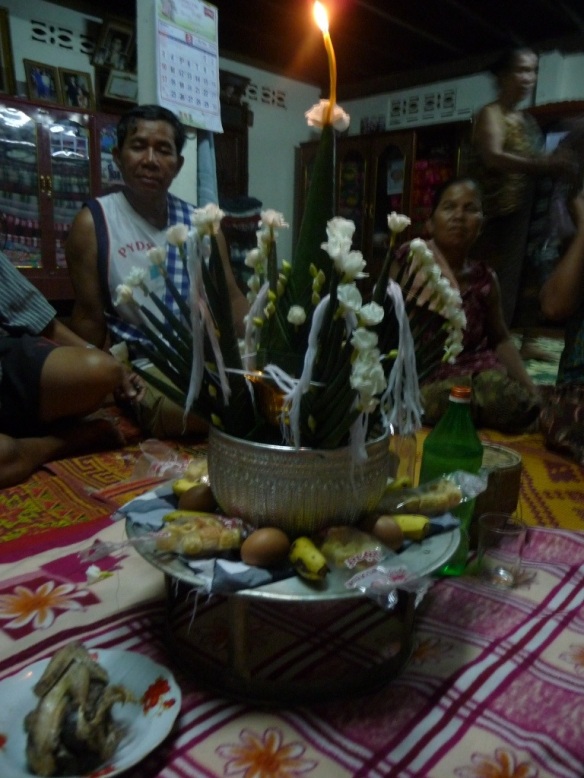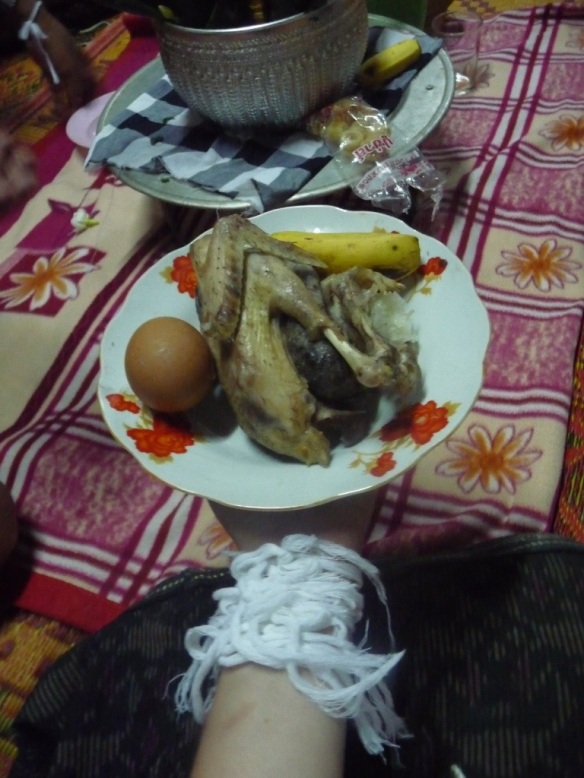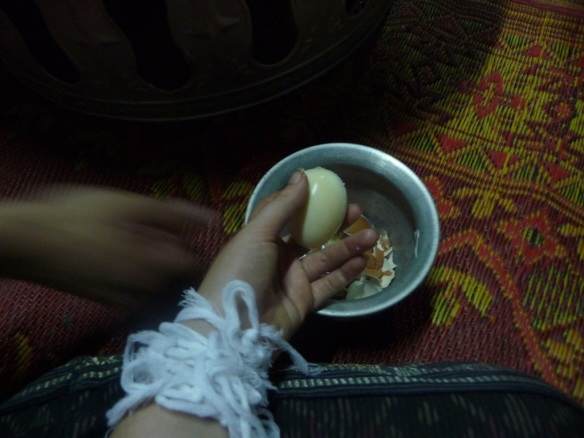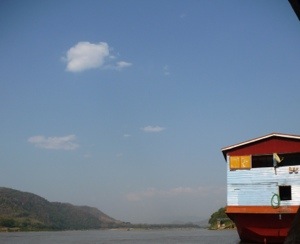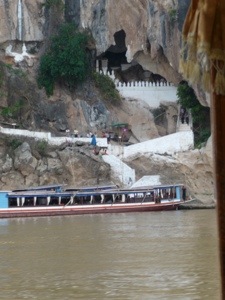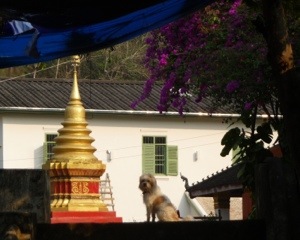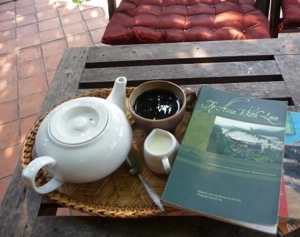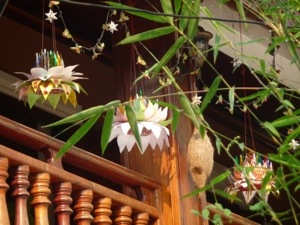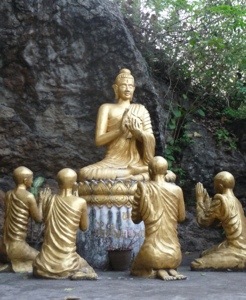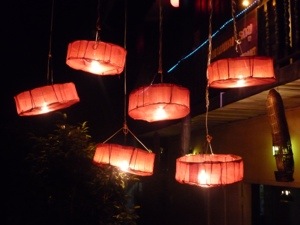Like so many others, begins with a single step. A single, sandy step.
The azure waters hugging Ko Tao lie behind me now; longtail boats with red umbrellas float lazily in the shallows at my back. Tiny grains of sand are crushed against my skin, woven inextricably in my hair. Twelve thousand miles and six days from home, I begin the sweeping arc of return.
The first stretch is made on foot, pack laden on my back — by now a weight of second nature. For the rest, we will rely on unseen, pre-carved pathways. Taxis and boats, buses and planes: an almost impossible testament to our global connection. And ingenuity.
Day 1, 3:00 pm: Endless Ocean
Leaning against the outside wall of Raung Rang IX’s VIP cabin, my legs dangle over the endless sea. Water stretches to the edges of a clearly flat Earth, where it tumbles over the edge in a horizon-wide cascade. Occasionally a silver fish leaps from the frothy waters of our wake and once a flock of diving birds appears at our flank, diving for dinner. But mostly, it is just us. Us and water and sky. It is a moment I could rest in for a long time.
Day 2, 3:37 am: Cities Never Sleep
“Last stop, Bangkok,” our driver announces to the crowded bus, before disappearing outside to unload luggage on a dark and mostly deserted sidewalk. 3:37 am and we are tumbled unceremoniously onto an anonymous roadside, still rubbing the sleep from our eyes. Lucky for us, Khoa San Road is gracefully nearby and it never sleeps. At 3:30 in the morning, it’s just starting to look a little worse for the wear. Drunk tourists and their conquests stumble toward hotel rooms — and we do the same, hoping to find one willing to let us check in at 4:00 am. Miracle of miracles, we do, after an hour of wandering and looking and waiting. Twenty four final hours to party like it’s… Bangkok.
Day 4, 1:15 pm: Sightseeing in Santa Monica
The sands of Santa Monica beckon our travel-weary bones, providing promised solace from the airports and climate-controlled cabins of our many days. When we touch down at LAX, I am still in travel mode — finding first a map, then the $1 bus route to the coast, and we are on our way. The sun is lightly toasting the earth and air of southern CA, nothing like the ardent boil of South East Asia. People pock the long beach next to the Santa Monica pier with picnics and sand pails — or like us, with nothing at all. We lay fully-clothed and face-down in the sand, crashing into a grateful beach-side sleep.
Our days of movement are filled with moments like these, an ever-changing set of circumstances drawing us closer to home. And then, finally and suddenly, there it is.
Day 6, 7:48 pm: There’s No Place Like Home
The Greyhound pulls into Syracuse as the sun is setting over Onondaga Lake and Alliance Bank stadium — so casually familiar. I stoop to pull Lug Bug from the side of the bus and throw it over my back. I walk outside and scan the sidewalk for a place to wait. Then a familiar shout and there they are: the people who will always be waiting, who I will always wait for – to embrace upon return. I could have traveled for weeks or months, or clicked my heels three times, there is no mistaking where I’ve ended up.
